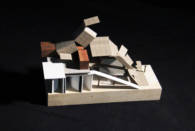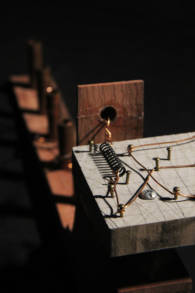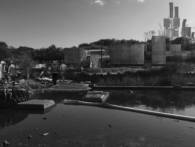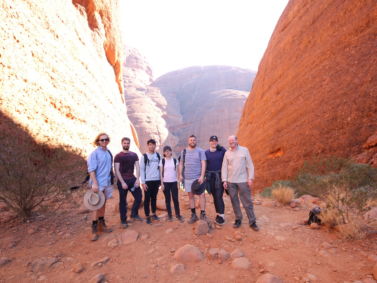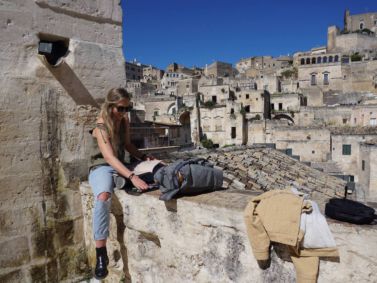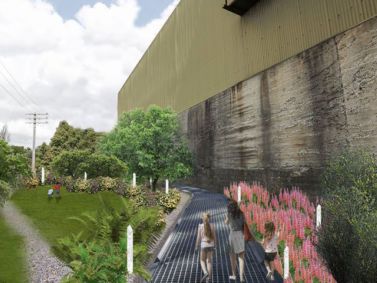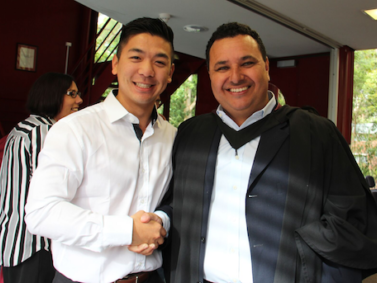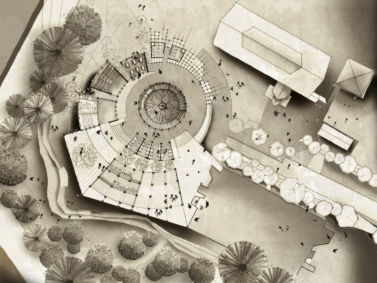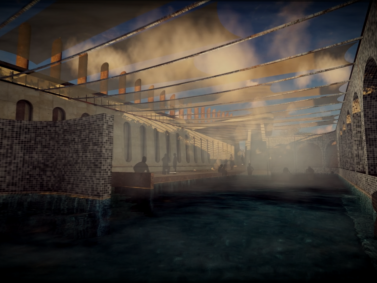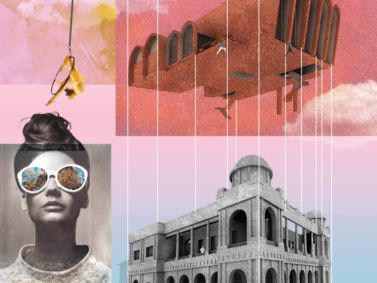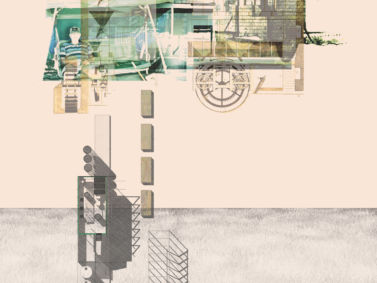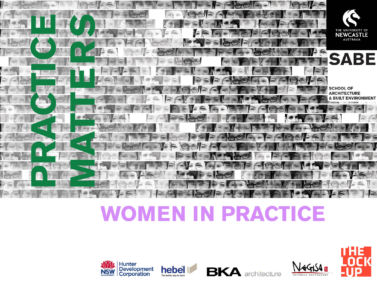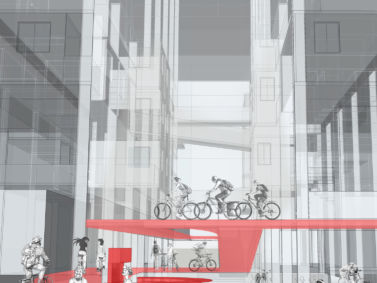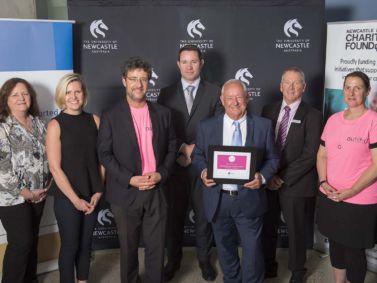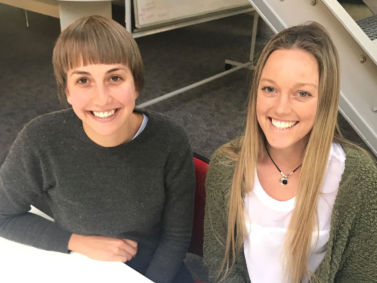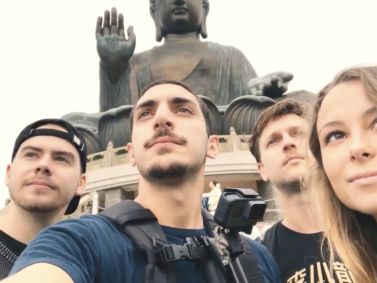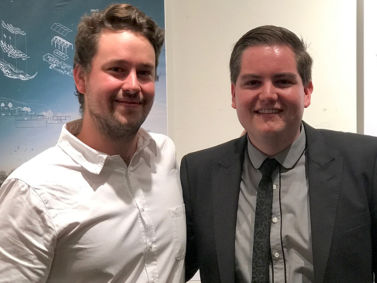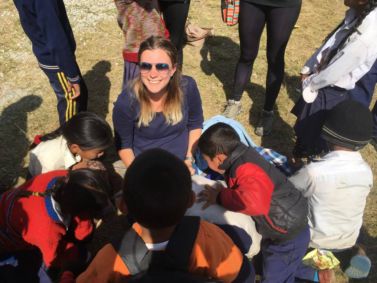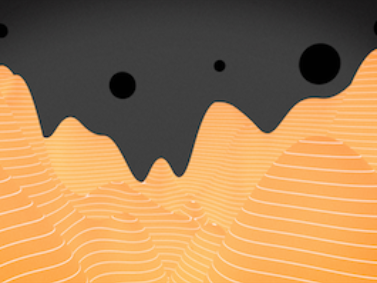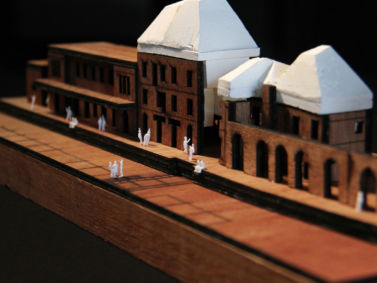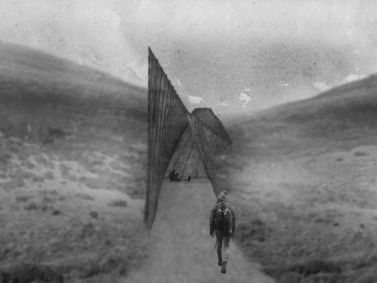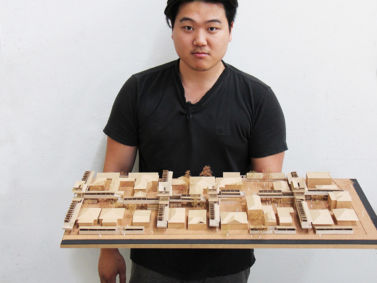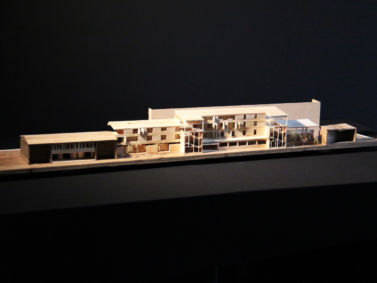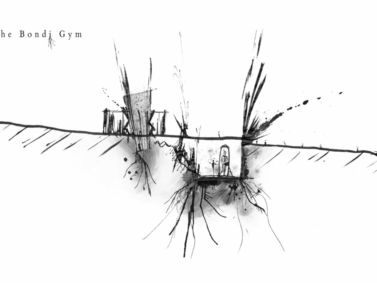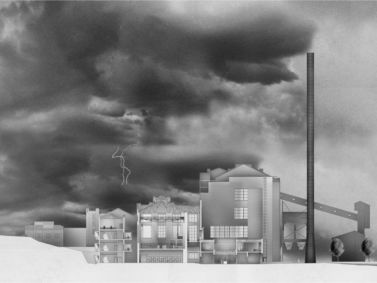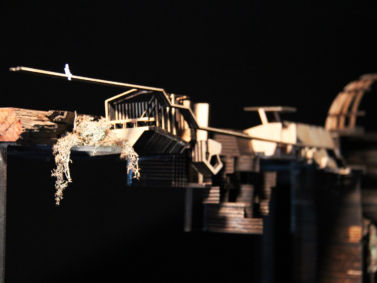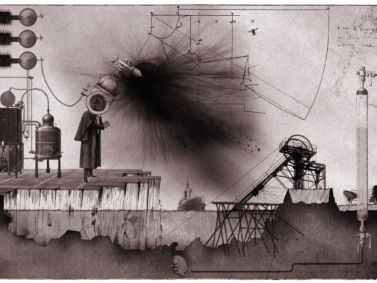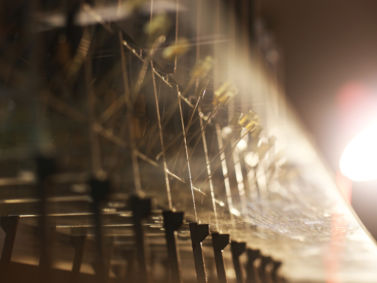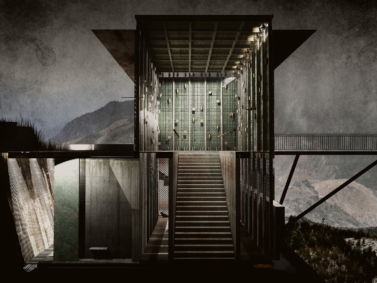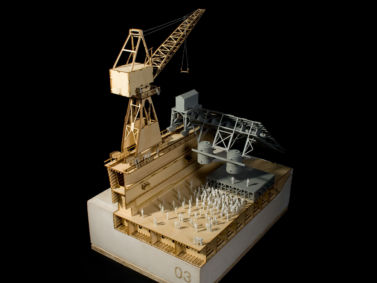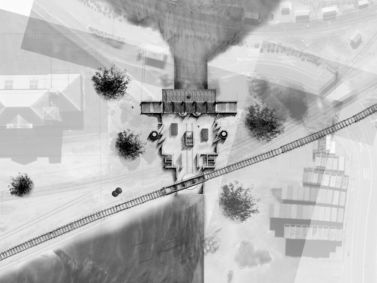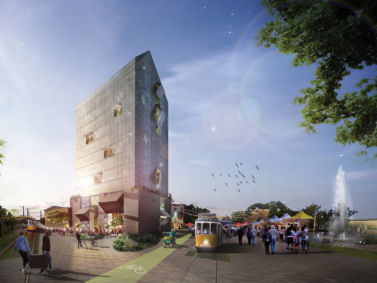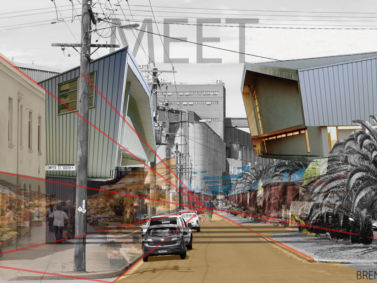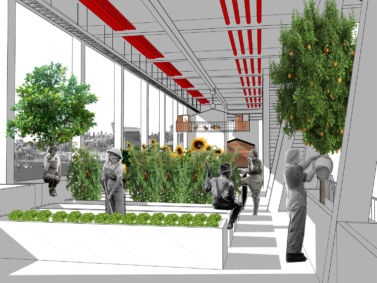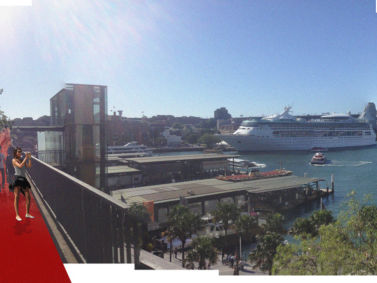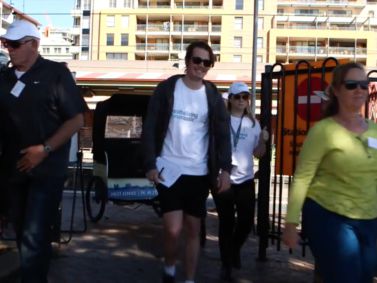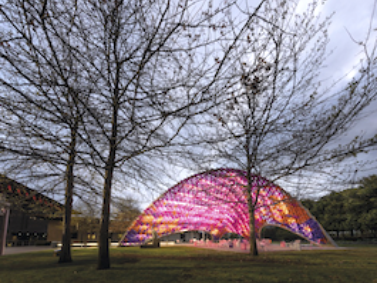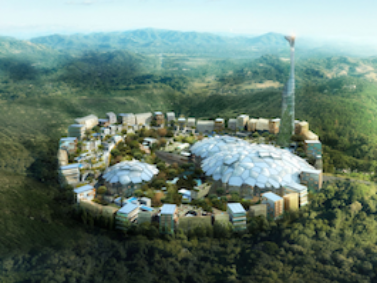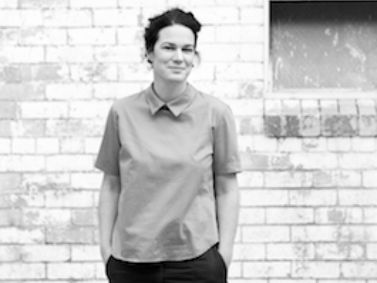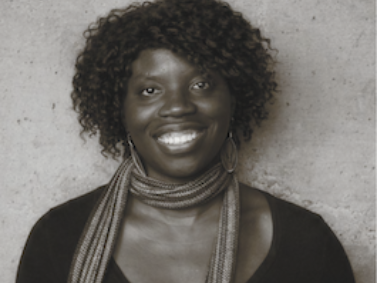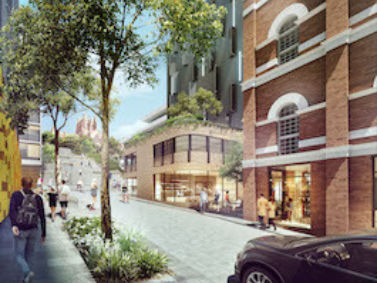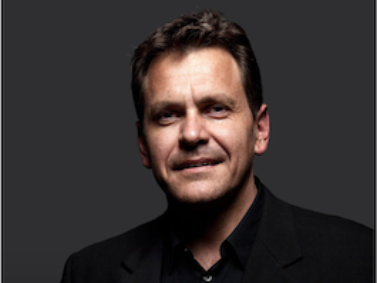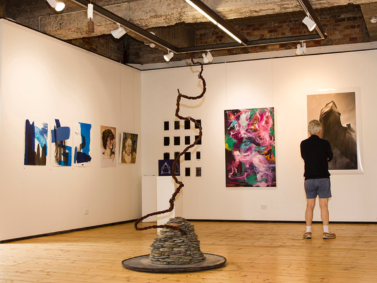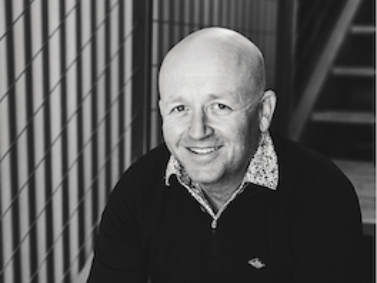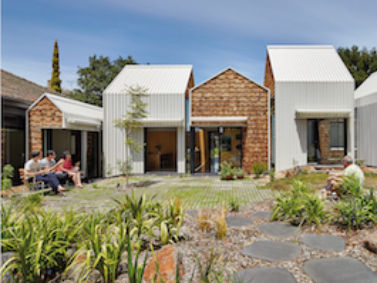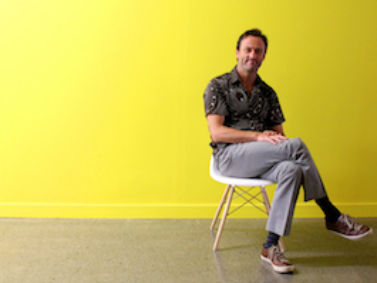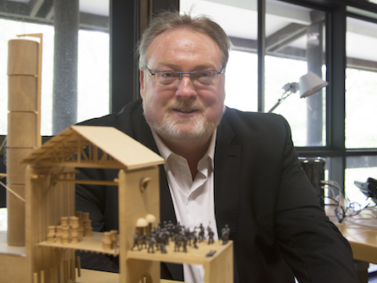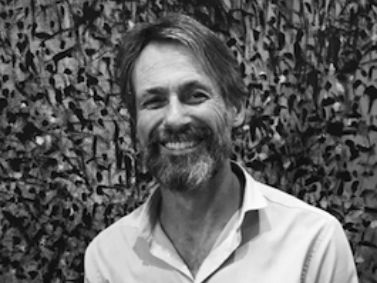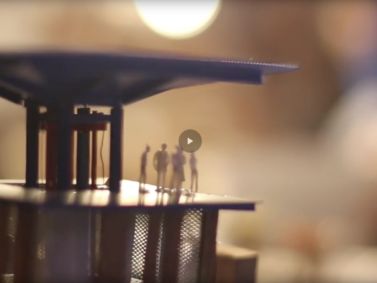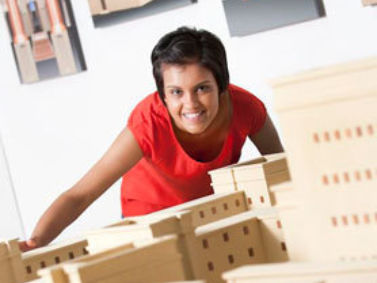Re:Birth — Deconstructing Nostalgia
Rebirth / |riːˈbəːθ| 1[noun] The process of being reincarnated or born again.
‘ ..the endless cycle of birth, death, and rebirth..’
‘ ..A period of new life, growth, or activity; a revival..’
‘ ..the rebirth of a defeated nation..’
‘ ..the start of life as a physically separate being..’
The Re:Birth project is an exploration, speculation and fascination into the conditions of loss in vernacular mining villages. Further explored is the counteractive: the additive condition and subsequent consequence of the sub-urbanist ideal. Re:Birth explores the artefacts at Catherine Hill Bay, Wallarah Peninsula NSW, and proposes the reincarnation of industrial artefact through architectural intervention. Volume One: Design Research portrays the thought process and critical design thinking behind this project.
The sentiment towards heritage and associated nostalgia of “artefacts” in architecture dictates a regulatory process of preservation or conservancy. Further, the treatment of the vernacular mining village are increasingly developed through the exemplification of inanimate objects in landscapes, lifeless architecture and socially inept or unequal interventions.
However with the increasing demand for housing and developer driven projects, what results is the loss or disappearance of artefacts and associated embedded history. The emergence of socially inept suburban landscapes are formed, facilitating the divide between the new and the old. The existing or proposed. The progressive and the forgotten. This sub-urbanist ideal common within vernacular mining villages threaten the mere existence of diversification through artefacts.
The Re:Birth project accepts the conditions of the sub-urban, however challenges the relationship and dialect such implants have within heritage or artefact through the romanticising of the ruin, or, the exemplar of the sublime. Through deconstructing associated nostalgia in industrial landscapes by means of architectural intervention, an emergent hybrid typology emerges. This is antiarchitecture.
Led as an initiative by Arts NSW and Lake Macquarie City Council, Re:Birth aims to repurpose the existing mining artefact and building traces in Catherine Hill Bay deemed for decommission and removal in 2018 by the RoseCorp. The project aims at counteracting heritage and environmental conservation through the process of deconstruction and adaption of the ruin as a community culture facility. The project will enlist the 42 x 42m (1,764 sqm) coal bin storage, the 200m (1,200 sqm) wharf and local surrounds (5,000 sqm) for the inclusion of exhibition halls, private and public rooms, amenities and accommodation.
Re:Birth challenges the social and political normalities of sub-urban landscapes through the ideal of anti-architecture, the discouragement of architectural normality in place for spatial inquiry of inept artefacts.
This project demonstrates an experimental typology for mixed used spaces and adaption of abandoned structures as it discourages the notion of conservation but embraces artefact through the notion of the sublime. The sublime, that being the physical, metaphysical, spiritual, aesthetic and artistic appreciation for the romantics of the ruin and thus the perpetual changing of landscapes over time, is directly concerned with the nostalgic associations to the artefacts at Catherine Hill Bay.
Vernacular mining villages and treatment of the existing heritage architecture is also explored and challenged through the project as the “value” of heritage is questioned in instances where the densification of village voids is explored.
The town landscape poses many instances whereby the junction between public spaces and private or intimate dwellings can facilitate a mixed use occupation for housing or public event.
In the instance of the project, Re:Birth is primarily concerned with the occupation and events that are facilitated by the object, not so much the object itself. Despite a nostalgic appreciation toward industrial artefact, these inanimate monuments pose nothing more than a catalyst for urban occupation and social interaction.

